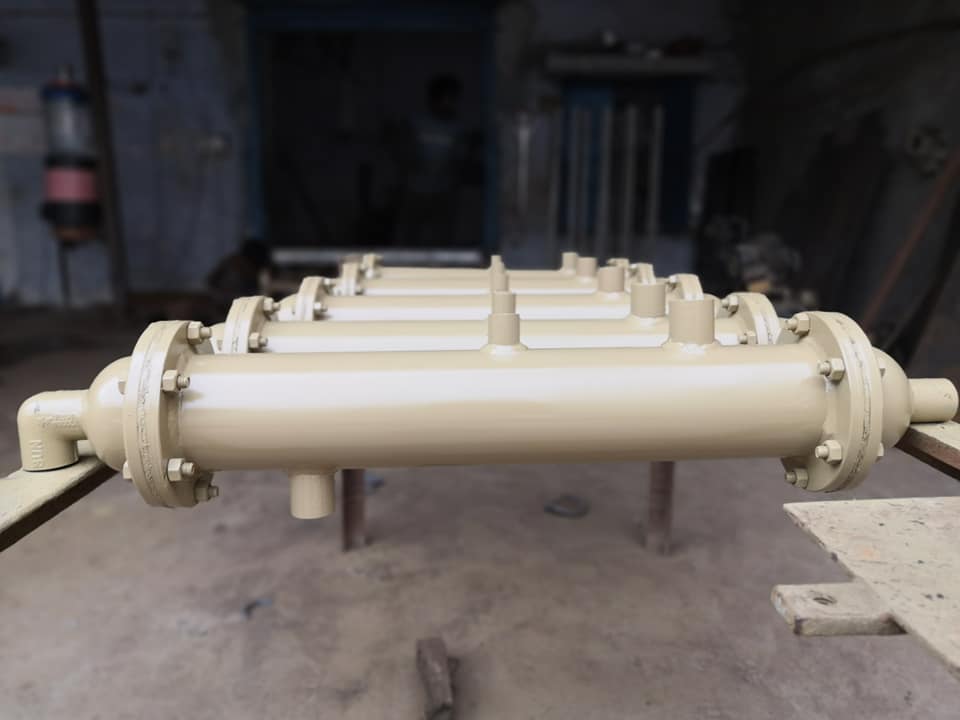| Typical overall heat transfer coefficients are given below. These “typical” heat transfer coefficients can be used to estimate the performance of a heat exchanger. Typical heat transfer coefficients are normally published as a range of an “all-in” numbers which includes the inside and outside heat transfer coefficients, the fouling factors and the tube wall resistances. It must be noted that the typical heat transfer coefficients correspond to the performance of properly designed heat exchangers in known services. Typical heat transfer coefficients can be used to estimate the heat transfer area for the purpose of preparing a cost estimate for a conceptual design. However, it must be recognized that the results will be ballpark estimates only – especially if the process fluids do not exactly correspond to those that form the basis for the typical number. As described later, the performance of heat exchangers very much depends on the flow regime at the tube walls. Use of the typical heat transfer coefficients without later confirming that the heat transfer coefficient is valid can lead to an improperly designed heat exchanger. |
